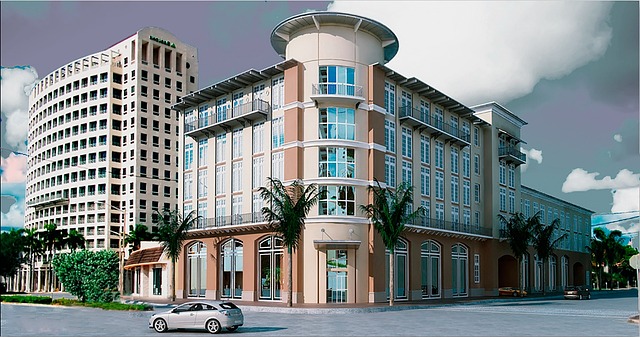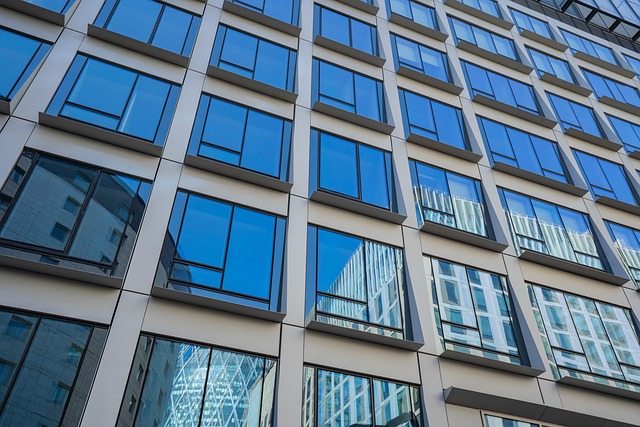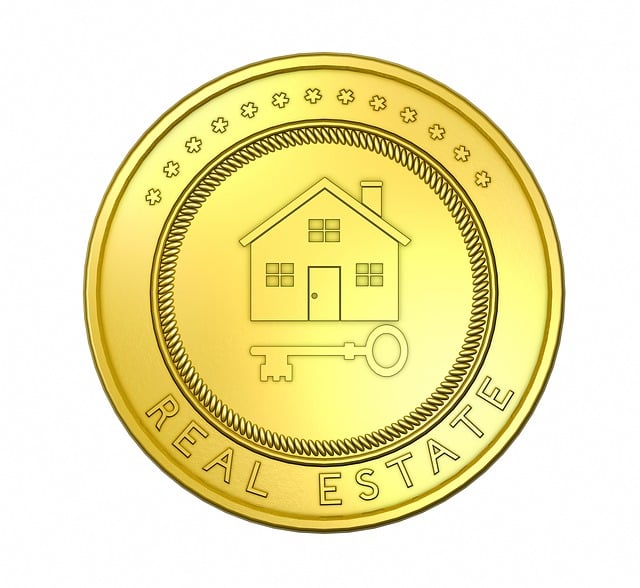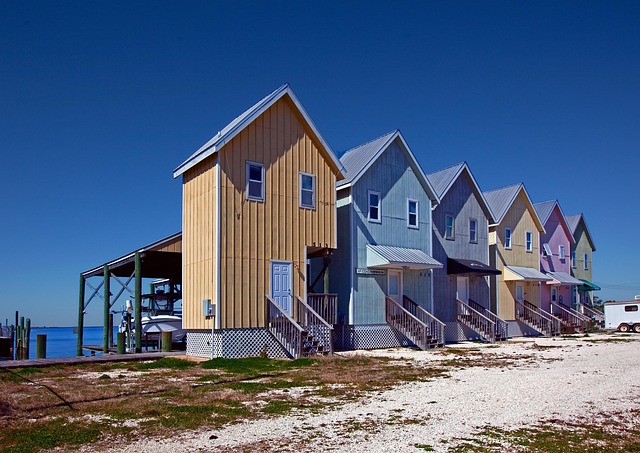In dynamic commercial real estate, understanding building types is crucial for investors and tenants. Office spaces cater to business collaboration, retail buildings focus on customer attraction, and industrial facilities support manufacturing and distribution with robust infrastructure. Location, market dynamics, and property condition are key investment factors. The industry shifts towards sustainable, human-centric designs with smart tech, enhancing productivity and well-being. Future trends include advanced technologies for optimized space use and environmentally conscious designs promoting biodiversity.
In today’s dynamic business landscape, understanding different types of commercial buildings is crucial for any real estate investor. This article delves into three primary sectors: office, retail, and industrial spaces, exploring their unique characteristics and investment opportunities. We analyze key factors to consider when navigating the complex world of real estate, while also highlighting the evolving design trends shaping the future of commercial buildings. By the end, readers will be equipped with insights to make informed decisions in the competitive market.
Understanding Different Types of Commercial Buildings

In the realm of commercial real estate, understanding different types of buildings is key for investors and tenants alike. Office spaces are characterized by their modern designs, catering to businesses that require collaborative environments. These spaces often come equipped with advanced technology, ample natural light, and flexible layouts to accommodate growing or shrinking teams. Retail buildings, on the other hand, are designed to attract customers and boost sales. They feature prominent storefronts, strategic layouts for optimal customer flow, and may include additional amenities like parking lots or outdoor seating areas to enhance the shopping experience.
Industrial buildings, a cornerstone of many supply chain operations, are built for large-scale manufacturing, warehousing, or distribution. These structures typically boast high ceilings, robust structural support, and extensive loading docks for efficient material handling. Their design reflects the need for ample space, good ventilation, and often, specialized systems to cater to specific industrial processes. Each type of building serves a unique purpose, making knowledge of these variations crucial in navigating the commercial real estate market effectively.
Factors to Consider when Investing in Real Estate: Office, Retail, or Industrial

When considering investments in real estate, whether it’s office, retail, or industrial spaces, several key factors come into play. The location is paramount; proximity to amenities, transportation hubs, and demographic trends can significantly impact occupancy rates and property values over time. Understanding the local market dynamics, including supply and demand, is crucial for making informed decisions. For instance, in today’s digital era, there’s a growing trend towards flexible workspaces that cater to remote workers, which could favor certain office locations over traditional retail or industrial hubs.
Another essential aspect is the property’s condition and potential for growth. Older buildings may require significant renovations or modernization to meet modern standards, while new constructions offer the advantage of contemporary design and sustainability features. Industrial spaces, in particular, should be evaluated based on loading capabilities, height ceilings, and access to freight facilities, which are vital for e-commerce fulfillment centers. Retail properties benefit from high visibility, ample parking, and easy accessibility, ensuring customer attraction and retention.
The Evolution and Future of Commercial Building Design

The commercial building landscape is constantly evolving, reflecting changing societal needs and technological advancements. Historically, office, retail, and industrial spaces were designed with functional purposes in mind, focusing on maximizing floor space and accommodating specific business requirements. However, modern trends in real estate are shifting this paradigm towards more sustainable, aesthetically pleasing, and human-centric designs. Architects and developers are incorporating eco-friendly materials, smart technology, and innovative layouts to create dynamic environments that foster productivity, creativity, and well-being for occupants.
Looking ahead, the future of commercial building design promises further integration of advanced technologies, such as automation, AI-driven energy management systems, and enhanced connectivity. These innovations aim to optimize space utilization, reduce operational costs, and improve overall user experiences. Additionally, there is a growing emphasis on designing buildings that seamlessly blend into their surrounding environments, promoting biodiversity and mitigating the impact of urban expansion. This evolution in commercial architecture not only addresses environmental concerns but also enhances the quality of life for those who spend significant time within these spaces.






